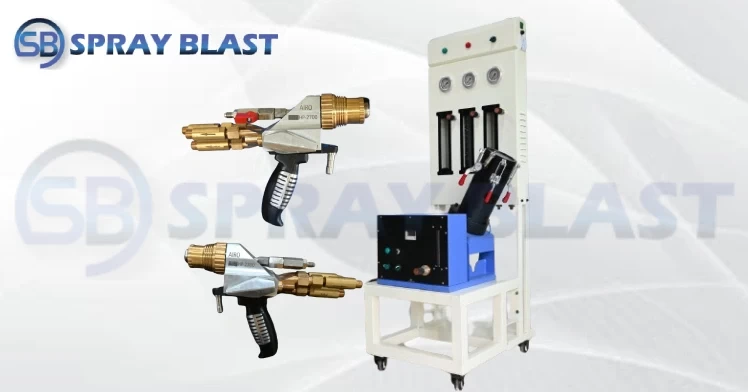
A popular thermal spray gun method for applying protective coatings to different surfaces, including pump components, is HVOF (High-Velocity Oxygen Fuel) coating. HVOF coating on pump parts can increase their wear resistance, corrosion resistance, and general durability, resulting in better performance and a longer useful life.
HVOF coatings can be advantageous for a number of pump system components, including shafts, wear rings, shafts, seals, and impellers. The particular application, the kind of pump, and the operating circumstances all influence the choice of components to coat.
The environment in which the pump operates determines the coating material to be used. Carbide-based coatings, such as tungsten carbide or chromium carbide, can offer good wear resistance for pumps handling abrasive material. Ceramic Powder or cermet coatings can provide better corrosion resistance in harsh conditions.
By greatly enhancing wear resistance and reducing the effects of erosion and abrasion brought on by solid particles suspended in the fluid, HVOF coatings significantly reduce the wear of pump components.
Pump components can be shielded by coatings from corrosive fluids, increasing the pump's useful life. Pump parts can become harder through coatings, which reduces wear and boosts overall durability. Pump performance is constant because coatings may keep a component's original dimensions even under challenging circumstances. Coated components last longer and need fewer replacements overall, resulting in less downtime for maintenance and repairs.
A high-speed stream of oxygen and fuel gases is used to spray a fine powder onto the surface of the pump component during the HVOF coating process. On impact, the powder particles melt and create a thick, securely bound covering. The adherence and performance of the coating depend greatly on the surface's proper preparation. To achieve a solid connection between the coating and the substrate, the surface should be cleansed, prepared, and occasionally roughened.
Usually, the coating thickness is adjusted to provide the necessary amount of protection. More wear resistance is offered by thicker coatings, although component tolerances may need to be adjusted. To guarantee that the specified coating qualities are attained, monitoring and quality control procedures are crucial during the coating process. Monitoring variables including gas flow rates, temperature, velocity, and powder feeder rate may fall under this category.
Working with knowledgeable coating service providers or manufacturers that can help you choose the best coating materials and techniques for your unique pump application is vital when thinking about HVOF coating for pump components. Each pump system has specific needs, and professional guidance may help you get the greatest outcomes in terms of sturdiness, efficacy, and affordability.